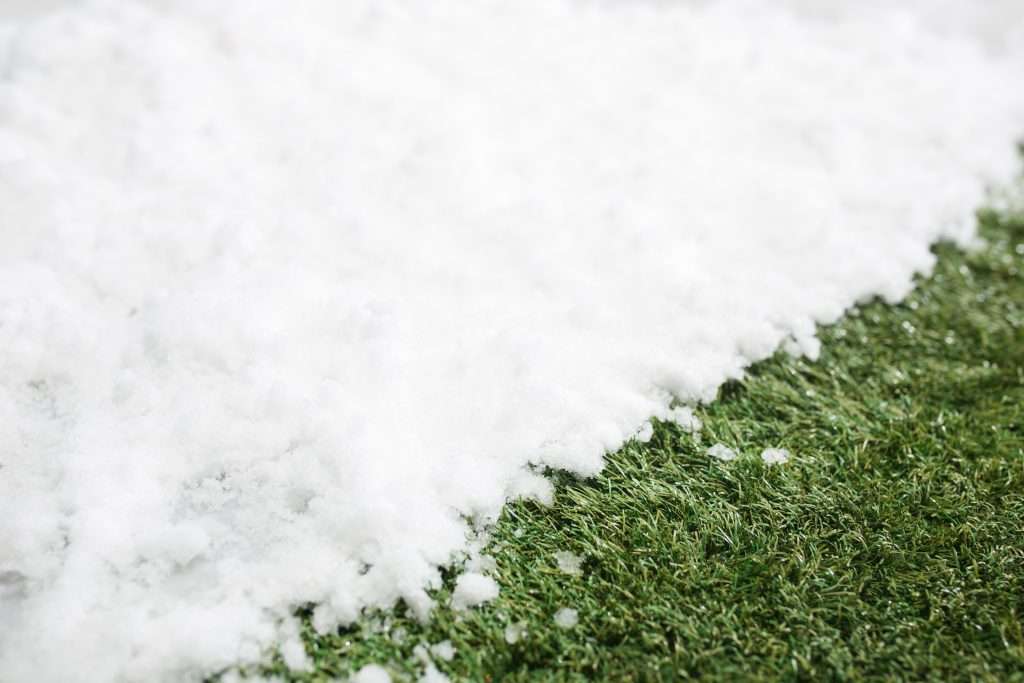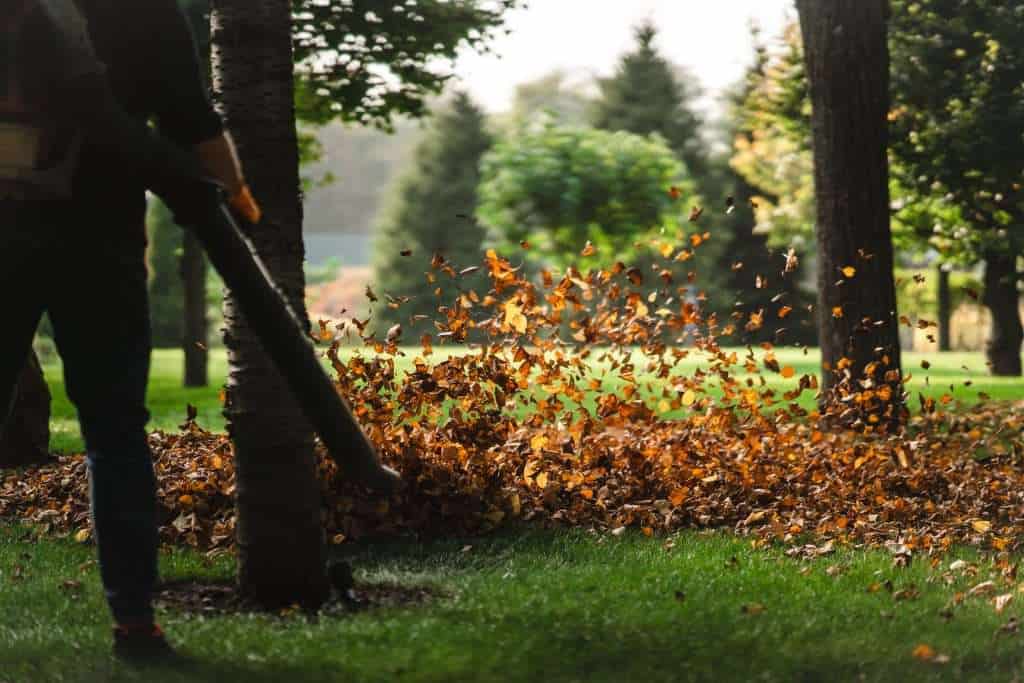Call us at 855-464-8873 or Schedule a Consultation
Artificial grass lawns are the perfect choice for homeowners who want to have a beautiful and functional yard with minimal upkeep. They require less maintenance compared to natural grass and save you money in the long run. Although they can withstand harsh weather conditions, you still need to take proper care of them to keep them in tip-top shape, especially during the winter months. Here are some essential tips to help you keep your artificial turf looking great during the coldest season of the year.
Artificial turf can be installed during the winter months. It actually doesn’t differ much from when it is installed during any other season, even though it may seem more difficult. Here are some factors that you should be aware of before installing artificial grass in the winter.

When it comes to snow and ice, it’s essential to know how to manage them, so your synthetic lawn doesn’t get damaged. Snow doesn’t need to be cleared from the turf because when the snow melts, it will drain naturally. Especially if your turf is equipped with ProFlow technology.
While ice and snow will eventually melt, if left unattended, it can freeze and become a slipping hazard. To remove snow from your lawn, use a plastic shovel or snow blower, and always do so on freshly fallen snow. Avoid using heavy-duty metal shovels or sharp objects that may cut or tear the turf.
For faster melting, use warm water. If temperatures are below freezing, put some towels in the dryer and then place them on the snow. Refrain from using any ice melting agents or salt as these could potentially clog the drainage system of the turf.
Winter weather can often cause the artificial grass blades on your lawn to mat down or flatten out. To keep your lawn looking great, it’s essential to brush it regularly so the fibers stand up tall. It would be best if you brushed your lawn at least once a month, using a soft-bristled broom. Brushing your lawn will improve its visual appeal and keep it looking great and fresh.

The winter months bring many seasonal challenges that can leave your lawn looking dirty and unkempt. The leaves that fall from trees can accumulate and cause damage to the synthetic turf, especially if they aren’t removed regularly. Clean your lawn every week or two to keep it looking fresh and avoid any potential damage from debris. One great way to do this is to use a leaf blower or brush to remove leaves, twigs, and other debris from your lawn quickly and efficiently.
The nails that are securing the turf need to be checked often during the winter months due to extreme temperature swings. If the nails have become loose, more will need to be added or replaced.
Finally, please take the necessary precautions to ensure that your lawn doesn’t get packed up with snow, making it difficult for you to use it. Avoid placing heavy objects on your lawn during the winter months and where possible, avoid walking on the synthetic grass when it’s covered in snow or ice.
Some homeowners might wonder if there will be any lasting effects to the turf once winter ends, especially in areas that get a lot of snow and ice. Fortunately, artificial turf holds up extremely well through the winter if you follow the tips above to eliminate any possibility of damage. It may end up laying a little flat from the weight of the snow, though, which can be fixed with a brooming.
Maintaining your artificial grass lawn during the winter months isn’t rocket science and can be easily achieved by following these essential tips. With proper care, you can protect your investment and keep it looking great for many years. Remember to clean your lawn regularly, remove snow and ice carefully, brush it regularly, and be cautious. By taking these simple steps, your lawn will survive the season and be ready for the next one.